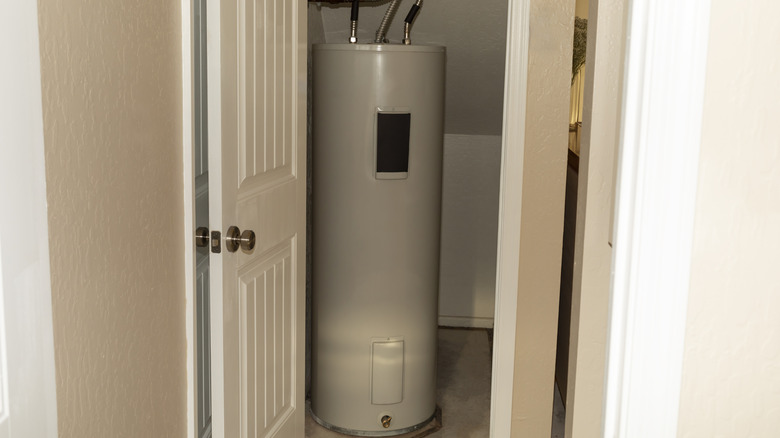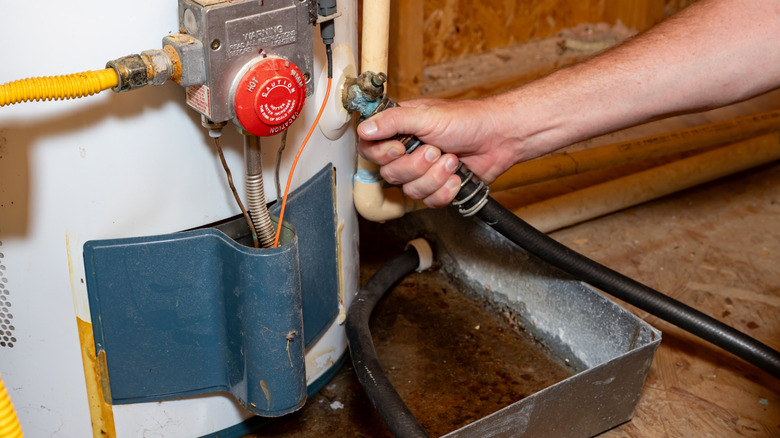Common Mistakes That Are Shortening The Lifespan Of Your Water Heater
Most homeowners don't think about their water heater until there is a problem. Depending on how well it is maintained, a typical hot water tank can last for about eight to 12 years. Though many don't know how much it costs to buy a new electric water heater, (the most common type in homes) it can range anywhere from $1,600 to $2,400. This includes installation, the water heater itself, and the cost of permits if required. With that kind of price tag, it would benefit homeowners to keep their hot water heater in great shape as long as possible. Letting sediment accumulate at the bottom without flushing the tank annually, skipping regular inspections, incorrect temperature settings, not checking the pressure value, and ignoring signs of trouble are common mistakes that decrease your water heater's lifespan.
Overlooking these issues can put extra strain on your water heater and can even be a safety hazard. Typical habits (like taking long, hot showers daily) that slowly push a water heater past its limits are damaging to the system and its longevity. Another common habit is setting the temperature and pressure higher than necessary, which forces the unit to run under greater stress, leading to earlier breakdowns and leaks. The good news is that not all problems require a professional. If your water tank isn't heating properly, there are simple steps to fix it yourself.
Keeping your water heater in tip-top shape
If your unit is more than 10 years old, it may be time to replace your water heater. However, there are maintenance tasks you can complete to extend its lifespan such as flushing your tank. A common mistake is to let sediment build up at the bottom of the tank, which can reduce efficiency. To flush your tank, turn off the water supply and shut off the water heater power at the breaker. Next, attach a garden hose to the drain valve and place the other end of the hose outdoors where it cannot cause harm. Turn on the hot water faucet at one of your sinks to allow the system to fill with air. Then, open the drain valve by turning the knob. Let the water flow until it runs clear out of the hose.
It is also recommended that homeowners check the pressure relief valve every six months to ensure it is working properly. This valve has a very important job. It releases extra pressure in the tank to prevent it from exploding. Checking the valve is a simple job you can do yourself. Place a bucket under the discharge pipe and lift the pressure valve's handle a little bit to allow water to run into the bucket. Be aware that the water will be very hot, so wear protective gloves and don't open the valve all the way. If no water comes out or if the pressure relief valve has a leak, it may need to be professionally replaced.

